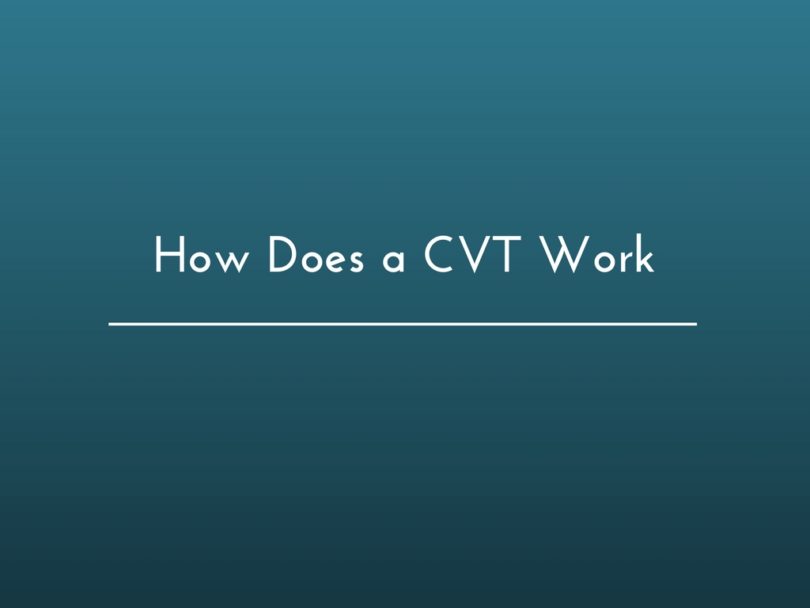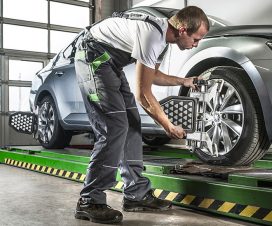 |
There are many types of available transmissions on the market, and it looks like some of them are more used than others. One of these is the CVT or continuously variable transmission. This is a type of gearbox that offers an infinite range of gears being perfect for those looking for not only speed but also efficiency. However, it is not that widely used outside the US. Why is that? Well, the CVT gearbox is a highly complex part which is usually really expensive to make. On top of that, it is not liked by that many people despite being quite good.
“CVTs are Bad!”
Many drivers out there think CVT gearboxes are not as good as any other automatic gearbox. Well, this is not true. A CVT gearbox will allow the engine to remain at the RPM where it is the most efficient. This means a CVT gearbox can maintain maximum torque through acceleration. However, drivers do not like this phenomena as it means the engine will be pegged as its most efficient RPM and despite the fact the car will accelerate, the engine will not change its RPM one bit. This may be disconcerting for some, but in fact, it is one of the most efficient ways to accelerate.
How Does a CVT Work?
To allow the engine to stay at the same RPM while the car accelerates, the gearbox has to change the gears inside. This is usually done via two different pulleys. One of these is driven by the engine while the other will drive the output shafts. The pulleys can change their size with the help of the two sheaves in their construction. When the sheaves get closer together on the drive pulley and further apart on the other, the transmission will be at its highest ratio, and this will go down as the size of the pulleys reverses.
Between the two pulleys, there is usually either a steel belt or even a chain or a set of chains. However, because the system inside it is so complex, a CVT gearbox will usually not be a handle to handle that much torque. Because of that, it is usually used on small economy cars or even full-size sedans sporting naturally aspirated engines which do not provide as much torque as a turbocharged powertrain. We do hope in the future the technology will evolve as a CVT would be perfect for a turbocharged powertrain.
This would allow the engine to stay at peak torque RPM, which is usually low with a turbocharged engine, so the fuel consumption would be great while the performance would be on par with the best transmissions out there.




